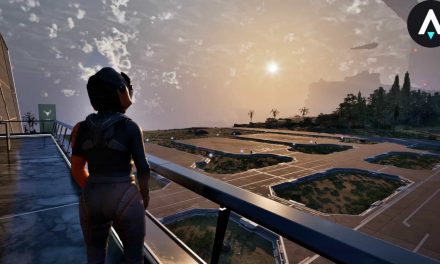Big-name expos like Gamescom, Summer Game Fest and Tokyo Game Show are evolving fast, with interactive digital games taking centre stage and giving players more variety and excitement than ever before.
Walk through any big gaming convention these days, whether it’s Gamescom in Cologne, Summer Game Fest in Los Angeles or Tokyo Game Show at Makuhari Messe, and you’ll notice something new. Alongside the heavy hitters in console and PC gaming, a growing number of interactive digital experiences are stealing the spotlight. It’s a sign of how much gaming is evolving and how these expos are working hard to stay ahead of what players want, offering more variety and more ways to engage than ever before.
Gaming conventions are changing
Not that long ago, expos were all about big launches and hardware reveals. Now, organisers are making space for new types of games that don’t always fit the traditional mould. These experiences take cues from video game mechanics like sharp graphics, interactive storytelling and multiplayer elements but present them in fresh ways that grab attention.
Some even build on familiar formats, such as slots that pay real money, reimagined with cutting-edge visuals and interactive layers that feel closer to video games than traditional platforms. By blending fast-paced mechanics with immersive design, these games are bridging the gap between casual play and more advanced digital experiences, making them a natural fit for the expo floor.
Take Gamescom last year. Alongside the big AAA titles, entire sections were dedicated to experimental games that combined high-end tech with casual, pick-up and play formats. The buzz around those stands was just as loud as for the blockbuster releases, showing that players are open to more than just the usual franchises.
Tech is driving the shift
Part of this change is down to technology. Modern expos have upgraded everything from ultra-fast internet connections to giant interactive displays, making it possible to demo almost anything no matter how complex. At Tokyo Game Show, organisers use the vast halls of Makuhari Messe to showcase immersive digital experiences, and the biggest booths routinely draw long queues.
For developers, that’s a huge opportunity. The barrier to showcasing ambitious ideas has never been lower and fans get to try things that feel far beyond what’s available at home, at least for now.
Developers and players are connecting in new ways
The real magic of these expos is how they let players and developers interact. Smaller studios can put their ideas in front of thousands of gamers and hear what works and what doesn’t. That feedback loop is helping shape the next generation of games in real time.
At Summer Game Fest, one indie developer explained how early reactions to their interactive demo completely changed their roadmap, helping them refine everything from the user interface to the pacing. Those conversations would never happen without this kind of direct access to the community.
What this means for the gaming community
For players, this evolution means more variety and more ways to engage. You can still line up to try the next blockbuster shooter or RPG, but you can also jump into something different, maybe a quick competitive experience or a game built around experimental storytelling. It makes the whole event feel bigger, more inclusive and a lot more fun.
For developers, these expos are now networking goldmines. Teams can connect with publishers, investors or other creators, sparking collaborations that lead to some of the most innovative games we will see over the next few years.
The bottom line? Gaming expos are no longer just showcases. They are hubs for creativity and connection where the future of gaming is being built and where players get to see it all unfold firsthand.











![[Rumor] Capcom is reportedly working on a new Dead Rising](https://vgleaks.com/wp-content/uploads/2025/12/capcom-logo-150x150.jpg)

